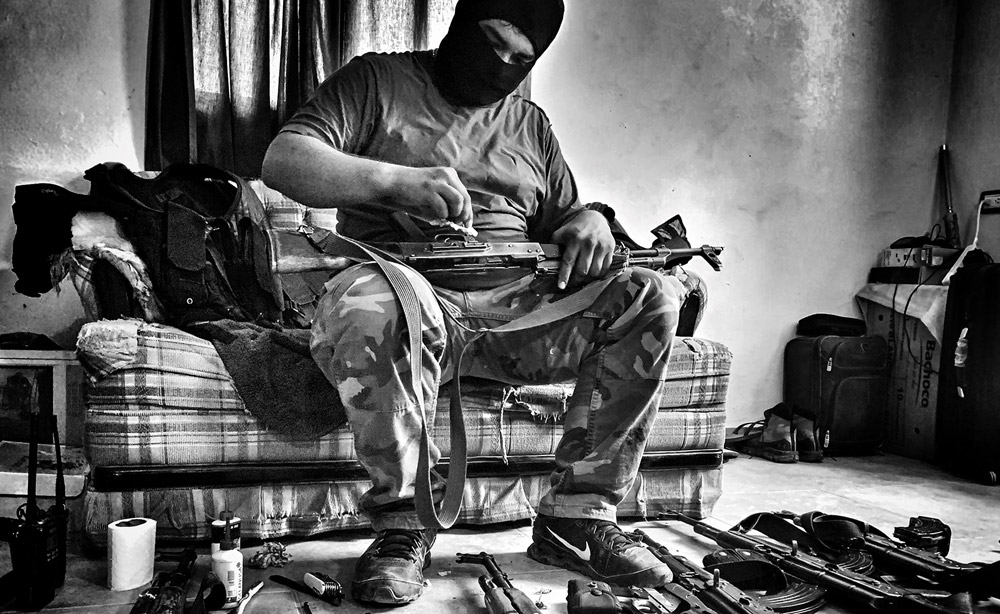“Blood on the Wall” takes place within the borders of Mexico, but the film illuminates how their neighbors to the north and south have so thoroughly failed them that it has put the entire region in jeopardy. Although the second collaboration between “Restrepo” co-director Sebastian Junger and Nick Quested initially envisions the country as a war zone as it steps into a darkened room with drug smuggler preparing a delivery run from Tijuana to San Diego, not unlike their previous film “Hell on Earth: The Fall of Syria and the Rise of ISIS,” it is a clue of what’s to come that the masked man asks about domestic affairs when at 22, he wonders what else is he supposed to do with five kids to support in a country where the highest levels of government have been compromised by the drug trade?
While he doesn’t show his face, Junger and Quested nonetheless find a way to put one on the ongoing toll of failed U.S. policy where support of the Contras with guns and money in their fight against the Sandinistas during the 1980s gave rise to the cartels that would ultimately make it unsafe to live in much of Central America, let alone their migration into Mexico. The duo can’t resist a few maps and talking head interviews with experts, yet they draw a compelling line directly from Colombia to the U.S./Mexico border and the past to the present in centering their story on a trio of women who look for safety in numbers by joining a caravan headed towards America. With Sara, Charol and Ludy, three refugees of varying ages who all have fled the danger in their home countries to seek asylum across the border, their desire to press ahead without any knowledge of what the next day holds becomes entirely understandable through how Junger and Quested outline the lack of stability elsewhere that makes an uncertain future more appealing than the life they knew.
As in his previous films, Junger’s journalistic rigor once again comes to the fore as interviews with former Mexican president Felipe Calderon and journalists such as Carmen Aristegui bring abstract government machinations and the labyrinthine cartel operations into focus, but riding on trucks, trains and metrorails with Sara, Charol and Ludy as they deal with the precarious nature of being deprived of the resources that proper status in a country of solid standing could afford, present a situation where standing still will surely result in misfortune or corruption. Their travel through Mexico allows the filmmakers to go in a number of different directions while staying on a single track, branching out into Acapulco, the resort town that became attractive to cartels as a port of entry, and Chilpancingo de los Bravos, where the local bishop fears the police more than the drug dealers when they are likely responsible for so many disappearances in the area. While there’s real terror in what “Blood on the Wall” presents, the film resists fear-mongering in favor of real analysis of how decisions made in the corridors of power, whether they be government offices or the homes of cartel leaders, make their way into the lives of those who have none, effectively doing what it can to reverse that order by laying it out so clearly.
“Blood on the Wall” will next screen virtually at the Doc Edge Festival in New Zealand on June 24th and July 4th. It will air on National Geographic Channel later this year.




